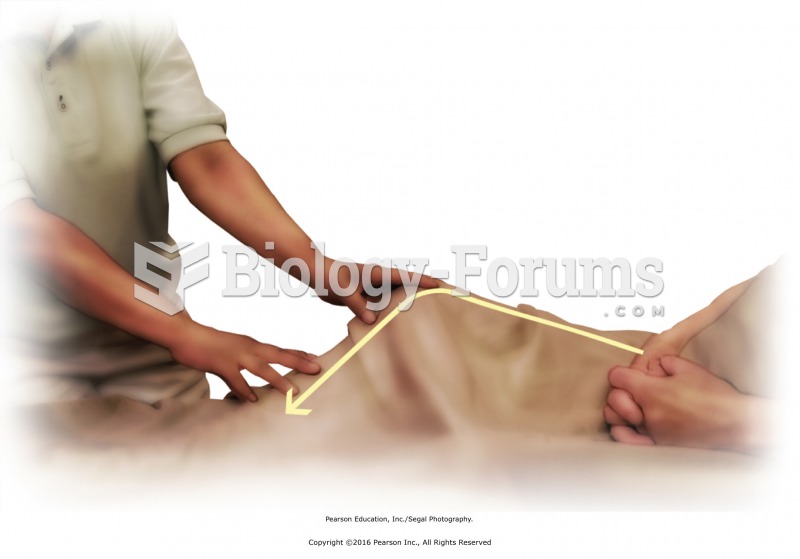|
|
|
Did you know?
Intradermal injections are somewhat difficult to correctly administer because the skin layers are so thin that it is easy to accidentally punch through to the deeper subcutaneous layer.
Did you know?
The term pharmacology is derived from the Greek words pharmakon("claim, medicine, poison, or remedy") and logos ("study").
Did you know?
Human kidneys will clean about 1 million gallons of blood in an average lifetime.
Did you know?
If all the neurons in the human body were lined up, they would stretch more than 600 miles.
Did you know?
The immune system needs 9.5 hours of sleep in total darkness to recharge completely.







